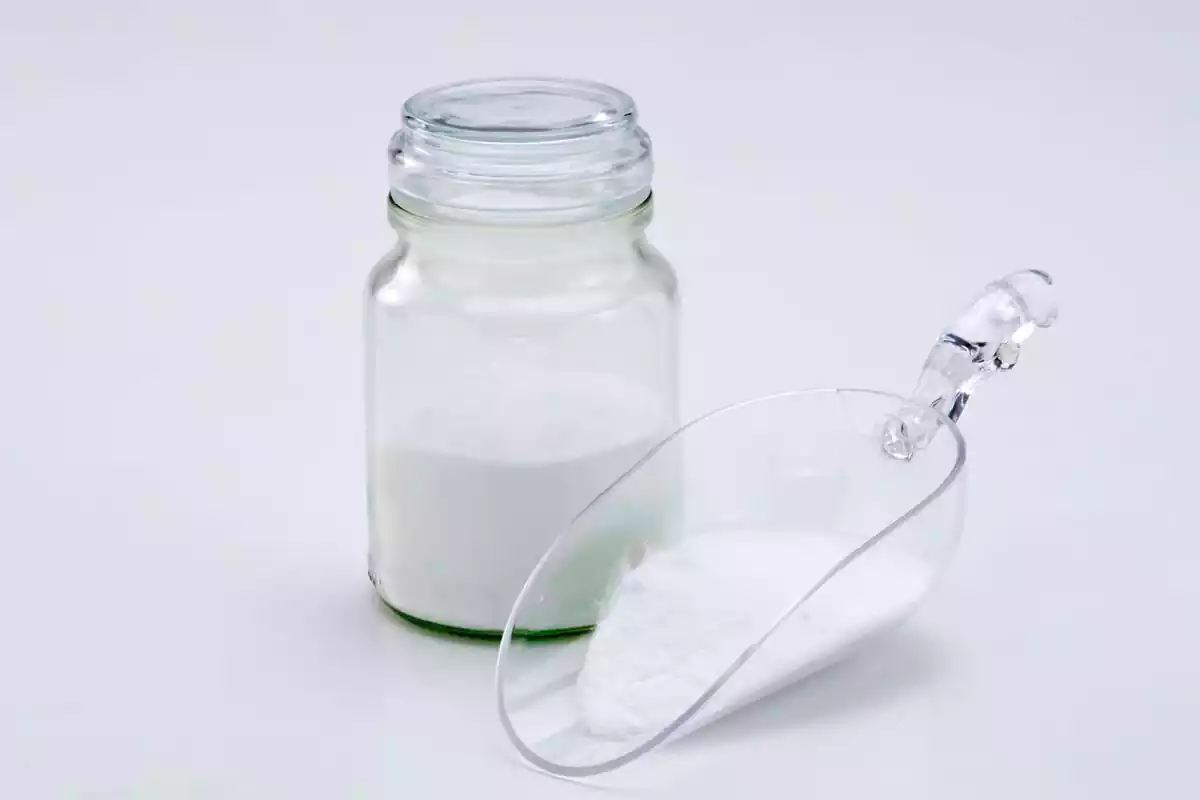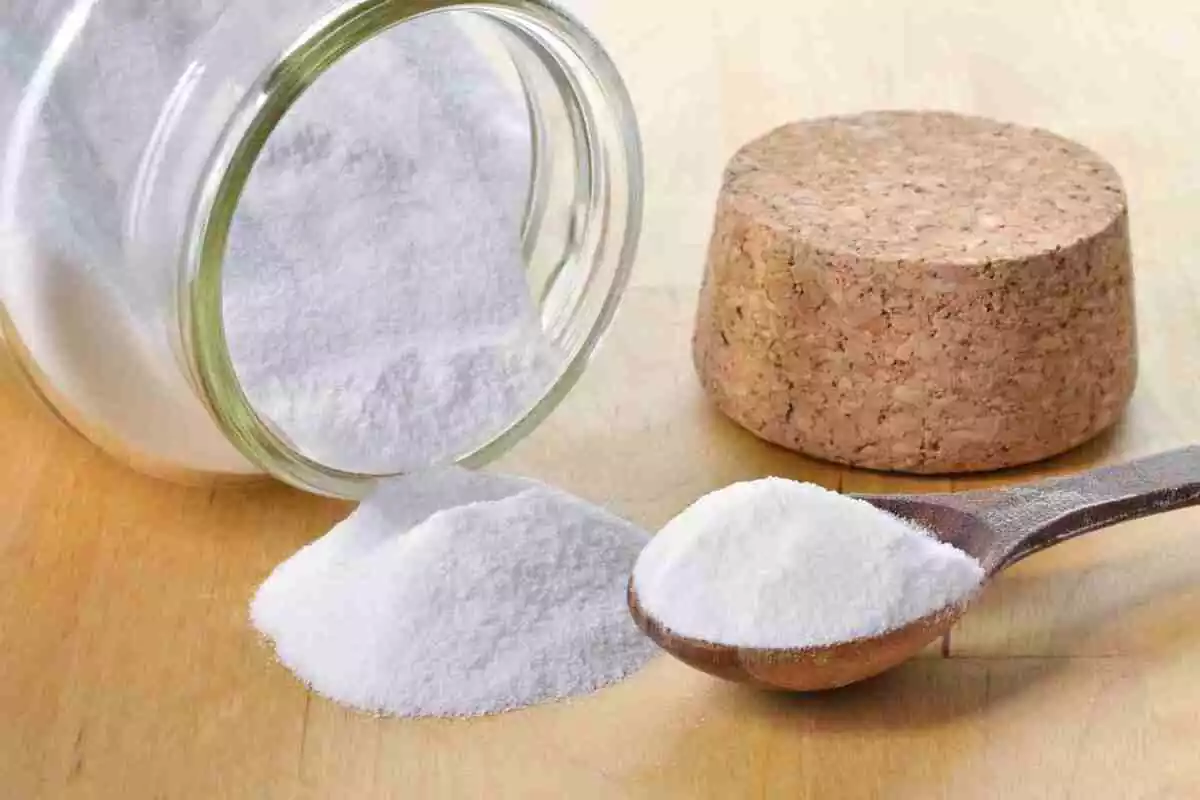Sodium bicarbonate is one of the most popular remedies of all time. This ingredient has been used for centuries as a natural remedy and as an ingredient in many recipes.
To get to know baking soda’s different applications, you should get to know it's most important traits first. In this article, we will uncover what baking soda is and its uses.
What is sodium bicarbonate?
Baking soda is a water-soluble component that can be found both in natural and artificial states. It is most commonly sold in a white powdery form or as white-colored crystals.
This element is known for its alkaline nature that helps to counteract the body's acidity and as a natural remedy for different health-related issues.
Sodium bicarbonate’s popularity reached its peak during the second half of the 19th Century when its usefulness as a natural remedy was uncovered. Its presence in different mineral deposits all over the world, its water solubility, alkaline flavor, and its benefits as a natural remedy all stand out.
Currently, baking soda is used to promote health as well as in cooking and baking, as a cosmetic product and for personal hygiene.
This product is frequently used as a remedy for particular health problems, including gastric issues, although consuming sodium bicarbonate in excess can provoke exactly the opposite of the desired effect.
Where to buy baking soda
You may be wondering where you can find baking soda to try out its various uses. The good news is that this product is present in a wide variety of establishments.
Baking soda is one of the most widely used natural elements due to its large number of uses. It can be bought at nearly any supermarket, as well as at different food shops, and in some pharmacies as well.
Uses and health benefits
Besides its antacid properties, baking soda has many other benefits that have been known for ages -for example, its alkaline nature, that prevents the body from being harmed by the acidity of certain foods.
Some other benefits include its antiseptic and antibacterial properties, its ability to potentially lower cholesterol levels, and to contribute to general well-being.
Baking soda is a natural remedy for a plethora of conditions. Below, we will go over some of this product’s most common uses.
Detox drink
One popular remedy with therapeutic properties involves drinking a glass of water with baking soda and lemon juice on an empty stomach.
This drink is recommended by alternative practitioners to reduce the likelihood of contracting certain conditions.
Sodium bicarbonate should be consumed on an empty stomach since this alkalinizes the body and helps to prevent acidic foods from damaging the digestive system.
Antacid
Baking soda is frequently used as an antacid to combat indigestion and stomachaches. This natural remedy is commonly used by those that suffer from gastritis and other digestive conditions.
Pharmaceuticals used to fight stomach acid work similarly to sodium bicarbonate in this respect.
Regularly consuming a tablespoon of baking soda dissolved in water can be an excellent remedy for those with digestive issues, acid reflux, or any other related problem.
Disinfectant
You probably have never considered this, but sodium bicarbonate can also be used as a natural disinfecting agent in the home.
This product can be used to clean appliances, pipes, and furniture, and the results are excellent.
Natural deodorant
Baking soda can be used as a natural deodorant for people that cannot tolerate chemical products, as well as for those that prefer natural alternatives.
Cosmetic product
This product can be used as a cosmetic product to eliminate the skin and hair’s impurities, by mixing sodium bicarbonate with water and also to treat dry hands.

Oral and skin cleanser
You can brush your teeth with sodium bicarbonate to prevent bad breath. Bug bites, itching and irritation, and even urinary tract infections can even be improved with this substance.
References
Ellingboe, J. L.; Runnels, J. H. (1966). Solubilities of Sodium Carbonate and Sodium Bicarbonate in Acetone-Water and Methanol-Water Mixtures. J. Chem. Eng. Data. 11 (3): 323–324.
